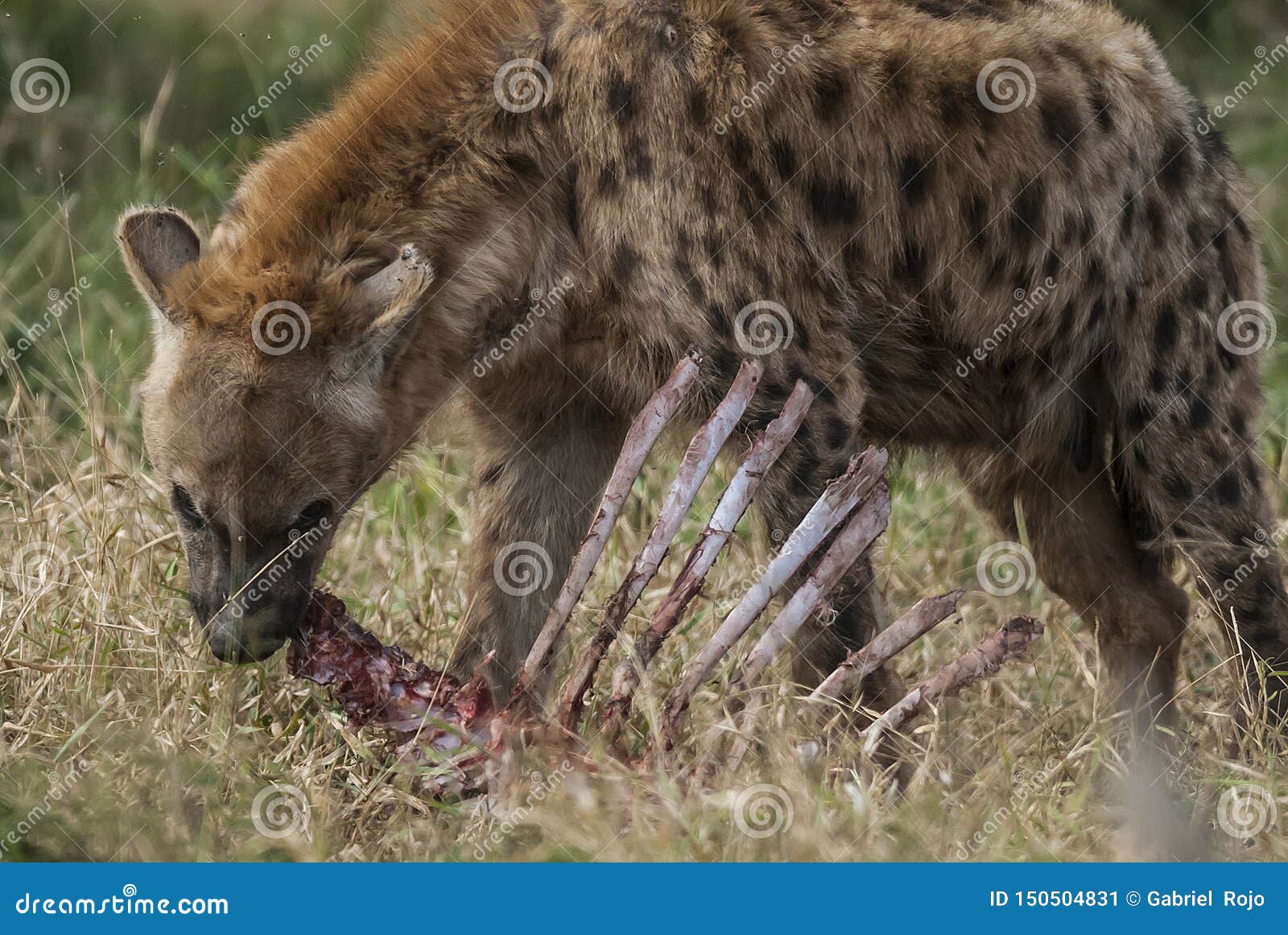158 best images about Africa Hyena on Pinterest Biology Diagrams Hyena fossils have been discovered in Africa, Asia, and Europe. However, for the past 8,000 years, the spotted hyena has only lived in Africa. This species is found all over Africa, south of the Sahara Desert. In addition, droughts caused by climate change and other human activities hurt the natural food chain. This makes it difficult for Hyenas are apex predators that sit at the top of the food chain. They prey upon a number of herbivores, including gazelles, impalas, wildebeests and zebras. Few animals are capable of catching and killing healthy adult hyenas but lions, leopards, hunting dogs and other hyenas occasionally eat sick and young hyenas. This is an African Savanna Food Web.See if you can identify all the parts of the food web that make this a functioning, healthy ecosystem. Look for: The Producers - the trees, shrubs and grass.. The Primary Consumers - the zebras and elephants.. The Secondary Consumers - the cheetah, hyena.. The Scavengers - the termites, vultures and hyena.. The Decomposers or Detritivores - mushrooms

This dietary flexibility ensures that the hyena plays a crucial role in the ecosystem, preventing the spread of disease by consuming decaying carrion and returning nutrients back into the food chain. And if you're wondering, hyenas do take care of their own. Where does the hyena sit in the food chain? Hyenas are apex predators that sit at the top of the food chain. They prey upon a number of herbivores, including gazelles, impalas, wildebeests and zebras. Few animals are capable of catching and killing healthy adult hyenas but lions, leopards, hunting dogs and other hyenas occasionally eat sick and

Hyenas: The Badasses of the African Food Chain Biology Diagrams
Spotted Hyena: The big guys, known for their freaky laughs. Brown Hyena: More of the lone wolf type, sticking to southern Africa. Striped Hyena: These look cool with their stripes and are a bit smaller, hanging out in Africa and parts of Asia. Aardwolf: The quirky cousin that prefers munching on termites. Are Hyenas Really at the Bottom of the Food Chain? Hyenas are often depicted as the scavengers of the African savanna, feeding on the leftovers of other, more powerful predators. However, the reality is far more complex. While hyenas do scavenge for food, they are also skilled hunters and possess incredible strength and stamina. In Africa, three species of hyenas can be found - the spotted hyena, the brown hyena, and the striped hyena - each with its own distinct ecological niche. Ecological Role: Nature's Cleanup Crew: Hyenas are nature's ultimate scavengers, and their keen sense of smell enables them to detect carrion from vast distances.

Hyenas belong to their own family, Hyaenidae, which consists of four different species: the brown hyena, striped hyena, spotted hyena, and the aardwolf. Contrary to popular belief, hyenas are highly-skilled hunters who can take down prey that are larger than them, such as wildebeests, antelopes, and sometimes even lions. Below, let's explore
